On May 12, 1906, Navy Radio Station, San Diego commenced ship to shore wireless telegraph operations, handling 3,000 messages in its first year. By 1916, communications had become a key component of the new era of growing sea power.
In 1940, the station became part of Naval history as a worldwide fleet broadcast member, transmitting the first news of the Japanese attack on Pearl Harbor to Headquarters D.C. The station continued to play an active role throughout World War II in support of Allied forces fighting the Pacific Campaign.
In 1953, the command was renamed Naval Communications Station, San Diego. This new title reflected a growing mission and increased technical responsibilities. In 1966, the station established the Automated Digital Network (AUTODIN), the most advanced messaging system of its time. By 1989, the station had seen tremendous growth in its role as a leader in naval telecommunications, delivering over 48 million messages in that year alone.
Naval Computer and Telecommunications Station (NCTS) San Diego as we know it today was born when communications and automated data processing were integrated as a result of the merger of Naval Communications Station and Navy Regional Data Automation Center.
By 1998, command cutting edge efforts led to the establishment of the San Diego Metropolitan Area Network, the first of its kind, to deliver all voice, video and data services in the region.
NCTS San Diego continues to focus on providing quality, integrated tactical and non-tactical telecommunications connectivity to local and regional customers, afloat and ashore, through a cooperative effort with the Regional Information Technology Service Center (RITSC). The command is currently leading the way to the Defense Message System, supporting afloat pier side connectivity, the OSD Global Information Grid (GIG) project, and the Navy Marine Corps Intranet (NMCI) implementation for the Southwest Region.
On May 12, 1906, Navy Radio Station, San Diego commenced ship to
shore wireless telegraph operations, handling 3,000 messages in its first year.
By 1916, communications had become a key component of the new era of growing sea
power.
Naval Radio Station receivers and the Comm Center were originally at Point
Loma. In 1917 Chollas Heights became the Transmitter Site. In 1922 the Comm
Center was moved to downtown San Diego and in 1947 Imperial Beach became the
Receiving Site.
In 1953, the command was renamed Naval Communications Station, San Diego.
This new title reflected a growing mission and increased technical
responsibilities. In 1966, the station established the Automated Digital Network
(AUTODIN), the most advanced messaging system of its time. By 1989, the station
had seen tremendous growth in its role as a leader in Naval telecommunications,
delivering over 48 million messages in that year alone.
Today it is the Naval Computer and Telecommunications Station San Diego
located on NAS North Island.
|
|
| Thanks for a very interesting visit
Click on any photo for a larger version |
Mike Wickersham & Nick England with CDR Kelvin McGhee,
CO, NCTS San Diego
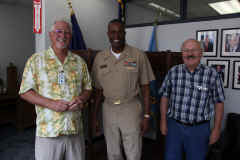 |
Nick & Mike in ADM Grace Murray Hopper Museum
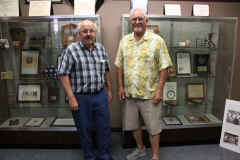 |
ADM Hopper's legendary one nanosecond long wires
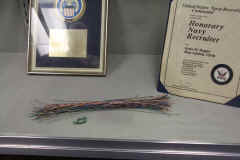 |
NAVCOMMSTA San Diego Photos
|
"Decoding"
 |
GS-6 James N. Hall "Military and Civilian Working
Together"
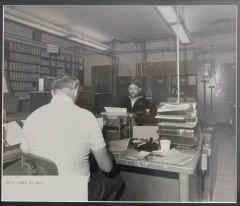 |
RM3 Audrey Tittle "Routing Message Traffic"
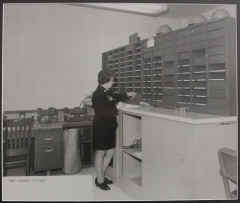 |
"Communication Center Fellowship"
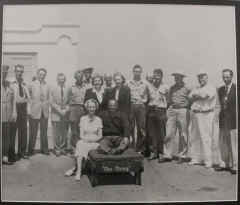 |
Communication Center 1948
"Message Center Operatons"
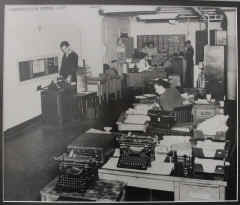 |
"Typing Up a Message To Transmit"
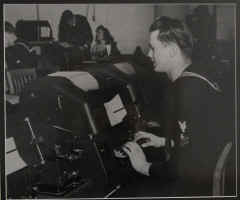 |
AN/UGC-6 Teletype, Oscilloscope, and Frequency Counter
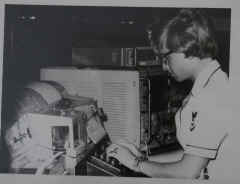 |
RMSB Douglas C Derrick "Duplicating Message for
Routing"
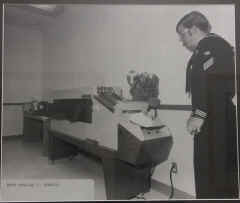 |
Secondary Fleet Broadcast Operating Console in Message
Center, May 1956
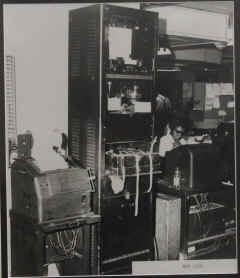 |
Secondary Fleet Broadcast Operating Console in Message
Center, May 1956
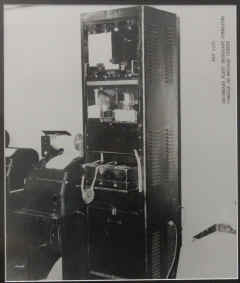 |
E.J. Dubree, Teleman Apprentice, Operating Ship-to-Shore
Teletype, May 1956
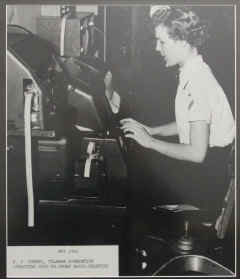 |
Wave CWO at Communications Center, WW II
 |
RM3 James A Collins "Slotting Data Cards for
Distribution"
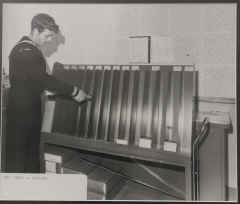 |
RM2 Duplicating Messages to Route
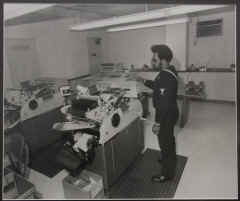 |
CW Fleet Broadcast Console with Wheatstone Perforator,
Boehme Keyer, and three RD-110/U Ink Recorders
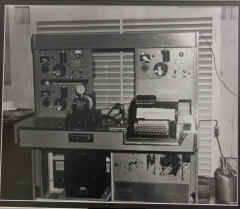 |
Message Center, 1969
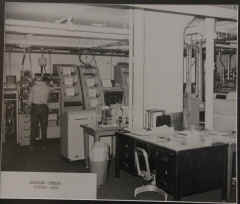 |
"Military and Civilian Routing Message Traffic"
 |
Tuning AN/FRR-23 HF Receivers - 1950s
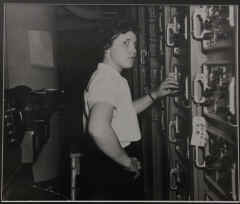 |
Message Center Operator Butterflying a Tape, 1970s
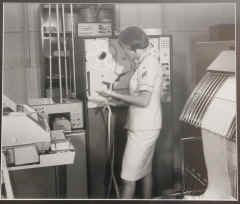 |
RMC D'Amico and RMCS Taylor Inspecting Troops - Retirement
July 1978
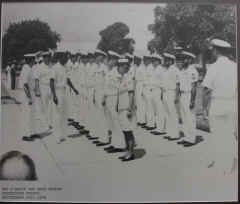 |
"Communication Center"
(probably 1950s)
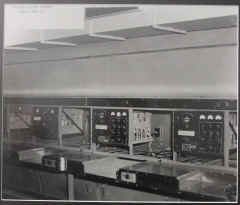 |
"Receiving Equipment, 1950s"
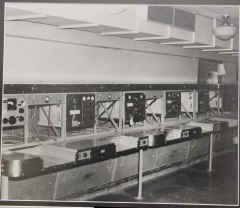 |
-- |
-- |
|
|
First High Power Electron Tube Transmitter - Chollas Heights
80KW - Installed 1926,
100KW 1935
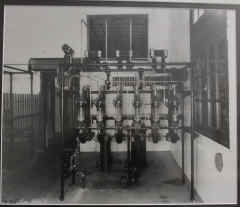 |
100KW Tube Transmitter, Chollas Heights 1935
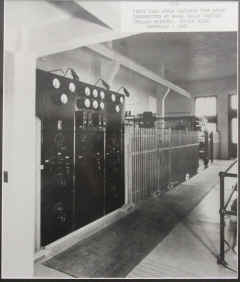 |
100KW Tube Transmitter, Chollas Heights 1935
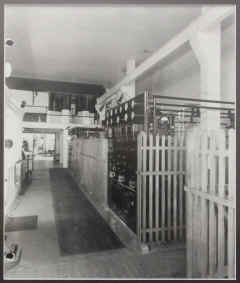 |
"Power Supply"
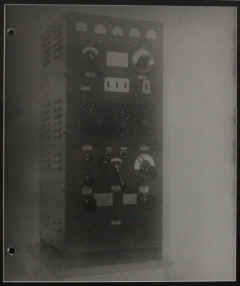 |
1939 Wartime Emergency Radio Receiving Facilities, Chollas
Heights
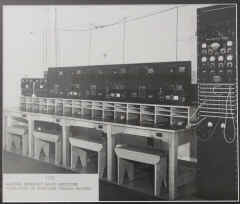 |
Chollas Heights Power House Main Board, Nov. 1919
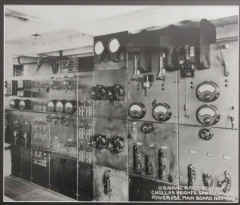 |
"Transmitting and Receiving, Chollas Heights"
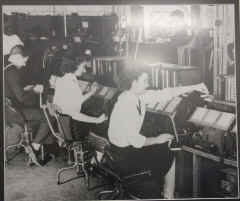 |
Message Center, Teletype Circuit, Chollas Heights
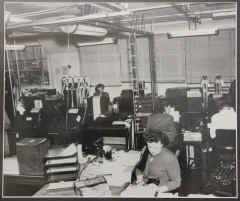 |
Chollas Heights Motor-Generators, 1939
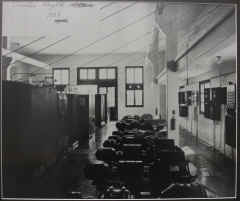 |
-- |
-- |
-- |
Point Loma Photos
|
Point Loma 1927, Chief Operator's Desk
 |
"Communications Station During WW II" - (shows DF
equipment?)
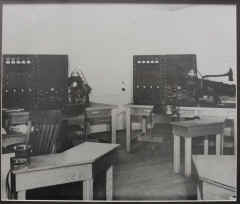 |
Direction Finder (Radio Compass) Equipment, Point Loma, WW
II
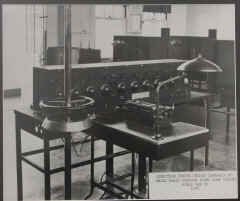 |
Traffic Chief's Desk, Point Loma, 1927
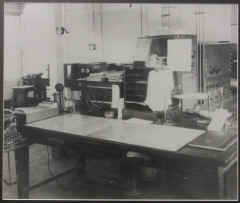 |
"Message Reproduction and Distribution, Point Loma
1927" (???)
 |
Customer Service Window (Inside)
"Point Loma, 1927" (???)
 |
-- |
-- |
Long Beach Photos
|
"Sending Out Data on Cards", NTCC Long Beach
 |
OCR Equipment NTCC Long Beach, Bldg 1, Naval Station
 |
DCT 9000 Equipment, NTCC Long Beach, Bldg 1, Naval Station
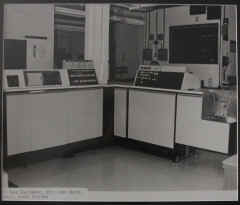 |
DCT 9000 Equipment, NTCC Long Beach, Bldg 1, Naval Station
 |
April 1982 Inspection, NTCC Long Beach
 |
"Distributing Message Traffic, Long Beach NTCC"
 |
GS-5 Edna L Kemmerer, "Preparing Message to Send
Out, Long Beach NTCC"
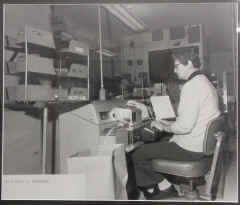 |
"WAVE decoding and matching messages, Long Beach NTCC"
(???)
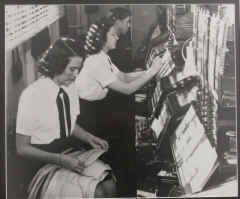 |
Other Locations
|
"Air Traffic Control Room, West Coast Region, Early
1940s"
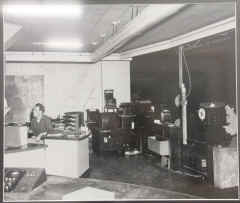 |
"ARC-27 Rack, Air Missile Test Center, Point Mugu, 1953"
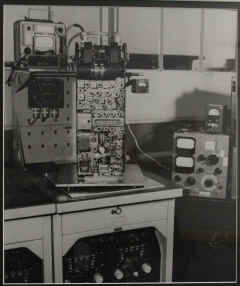 |
US Navy Electronics Laboratory 1929
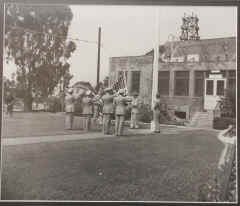 |
-- |
Memorabilia from NRRF Imperial Beach
|
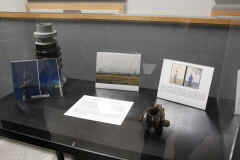 |
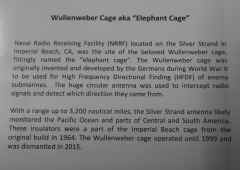 |
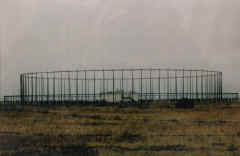 |
 |
Miscellaneous Displays
|
Teletype Model 35
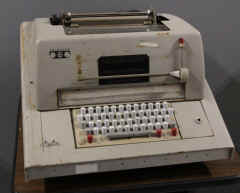 |
T-827J/URT HF Exciter
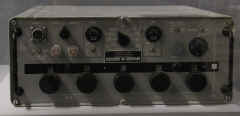 |
R-1051B/URR HF Receiver
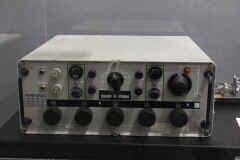 |
Speed Key - Last Use was on COMSEVENTHFLT Hi-Speed Circuit, December
1965
- donated by Rodney M. Cupples, RMC USN (Ret)
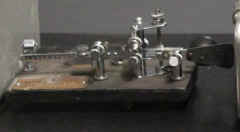 |
RBC/RBB/RBA Receivers
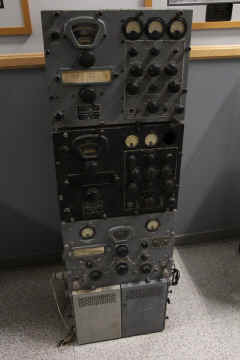 |
Lamp from Chollas Heights Tower
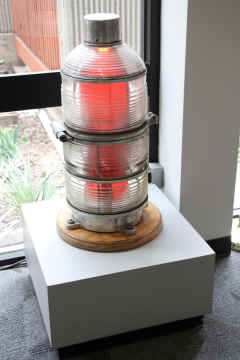 |
Plaque from NAVCOMMSTA San Francisco
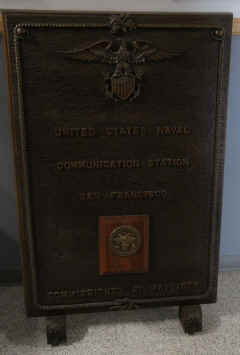 |
Museum Opening 11/7/2002
CAPT Susan S Jannuzzi

CDR Tracy Hines (NCTS SD CO 1/2014-3/2016) started her career at NRRF Imperial Beach -1986 photo on
left (RM3), 2016 photo on right (CDR)
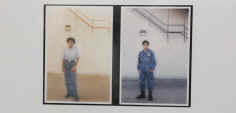 |
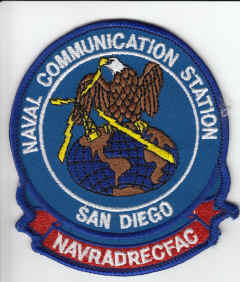 |
 |
- |
- |


